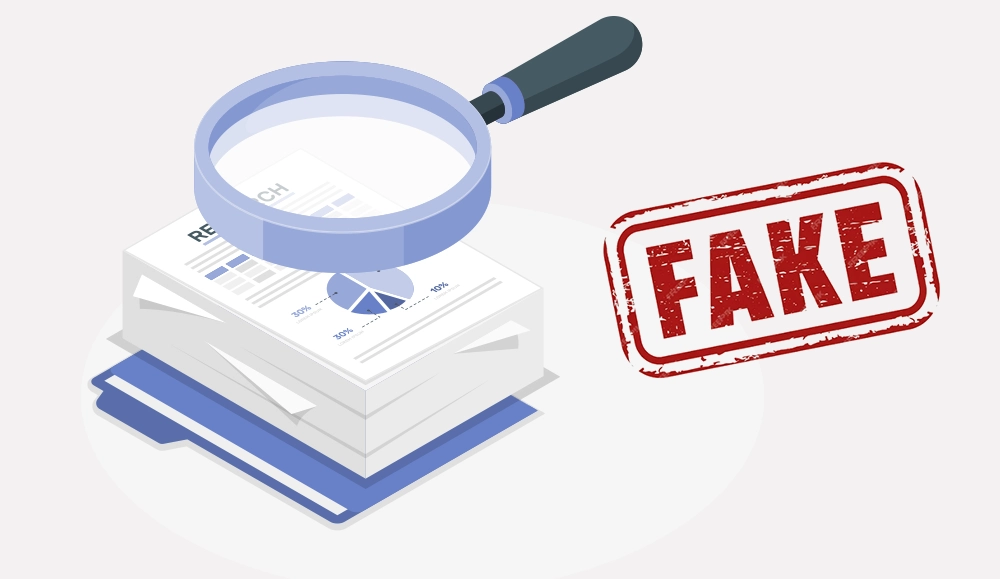Paper mills are a rising concern in the research and publishing industry and in this article, we discuss what is a paper mill in research publications.
Paper mills are businesses that generate and market counterfeit papers that mimic authentic research publications. This type of deception undermines the credibility of academic publishing, having consequences for both research and the general public.
A strong publication record is one of the most critical requirements for promotion, tenure, and grant acquisition for future projects. The incentive to publish more articles pushes academics to engage in unethical behavior, such as purchasing fraudulent research papers. Researchers pay high fees for authorships on ready-to-submit articles.
Despite robust procedures and monitoring, research misconduct has also been uncovered in publications approved by powerful publishing strongholds such as the Nature Publishing Group, Wiley, and Taylor & Francis. The scientific community is now preparing to combat the systematic manipulation of papers by paper mills. The scientific community is working hard to ensure research integrity.
However, detecting fraudulent manuscripts is a complex process. Although various powerful methods are available today to see plagiarised text, tools to detect plagiarised or fraudulent data are less frequent. If a paper raises suspicions among journal editors, they may seek raw data. However, determining data reliability is difficult, especially when analyzing data files needs specialized tools. Furthermore, the procedure might be time-consuming and costly.
What is a paper mill’s characteristic?
1. Manuscripts generated in paper mills follow a predetermined blueprint with extraordinary text resemblance. They may also include almost identical sentences or have been expressed awkwardly.
2. The pictures in paper mill manuscripts are designed based on the experimental needs.
3. They frequently include writers with non-institutional or personal email accounts.
4. Paper mill manuscripts contain the most basic explanations for the methodologies or analysis.
The raw truth about paper mills, FBES Letters, Volume 595, Issue 13, Pages 1751-1757
What can scientists perform to increase the confidence of editors in their manuscripts?
1. If studies were outsourced, researchers must fully disclose any externally provided study results.
2. Fully report the names of all raw materials, chemicals, and reagents utilized in the study.
3. Providing all raw data in the form of readable files.
4. Authors can state in the “Author’s Contributions” section that all their data was produced in their laboratory and that no paper mill was employed.
How we can create the figures by the following copyright?
Sometimes, the researchers use readymade figures for their papers and it will be considered as a paper mill. For creating new scientific figures or redesigning them, you can order directly on the Inmywork website without concern about the copyrights.

